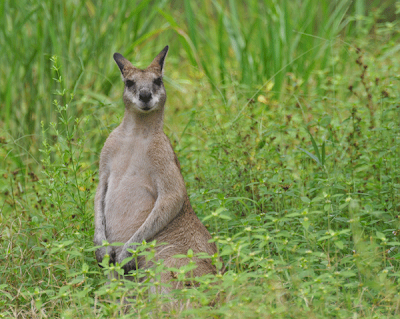FF
The roads into Litchfield National park are submerged in places as high as half a metre. While many plants wait until the wet is officially over to flower, the Banksia and Grevillea have just started flowering. With such robust flowers the rain will not wash them off the stems like the delicate Acacia flowers. The Grevillea attract a wide range of insects who take advantage of the rich source of nectar or prey on those who sip.
FF
Fern-leaved Grevillea Grevillea pteridifolia
FF
The roads into Litchfield National park are submerged in places as high as half a metre. While many plants wait until the wet is officially over to flower, the Banksia and Grevillea have just started flowering. With such robust flowers the rain will not wash them off the stems like the delicate Acacia flowers. The Grevillea attract a wide range of insects who take advantage of the rich source of nectar or prey on those who sip.
FF
Fern-leaved Grevillea Grevillea pteridifolia
FF

FF
Banksia dentata
FF






























































